Dr. Mirza Rahman, MD, MPH serves as the President of the American College of Preventive Medicine ( ACPM — https://www.acpm.org/about-acpm/governance/executiv…
Category: biotech/medical – Page 219
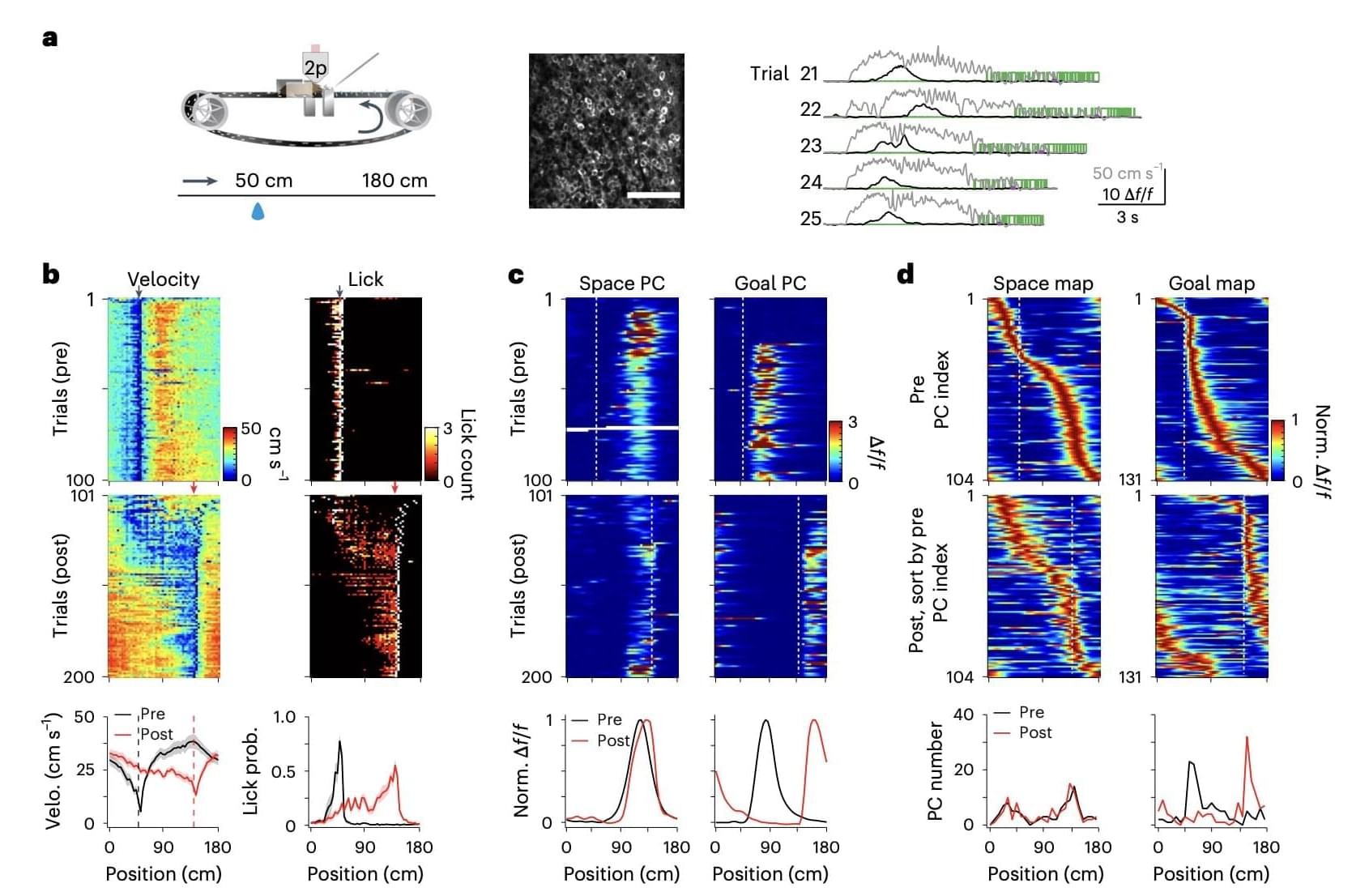
How experience shapes hippocampal place cell activity to create flexible cognitive maps
The mammalian brain is known to produce mental representations of the spatial environment, known as cognitive maps, that help humans and animals navigate their surroundings. A subpopulation of neurons in the CA1 area of the hippocampus, which are referred to as place cells (PCs), have been found to become active when animals visit specific places or locations in their environment.
The activation of these cells was previously linked to the encoding of space-and goal-related information, which was predicted to support the creation of cognitive maps. While numerous past studies explored the function of PCs and their contribution to the creation of cognitive maps, the role of experience in shaping the creation of these maps has not yet been elucidated.
Researchers at Baylor College of Medicine recently shed new light on the mechanisms through which experience could influence the encoding of information by PCs. Their findings, published in Nature Neuroscience, suggest that experiences produce an adjustment of synaptic input in the mouse brain, which in turn affects the activity of PCs, enabling the production of flexible cognitive maps.
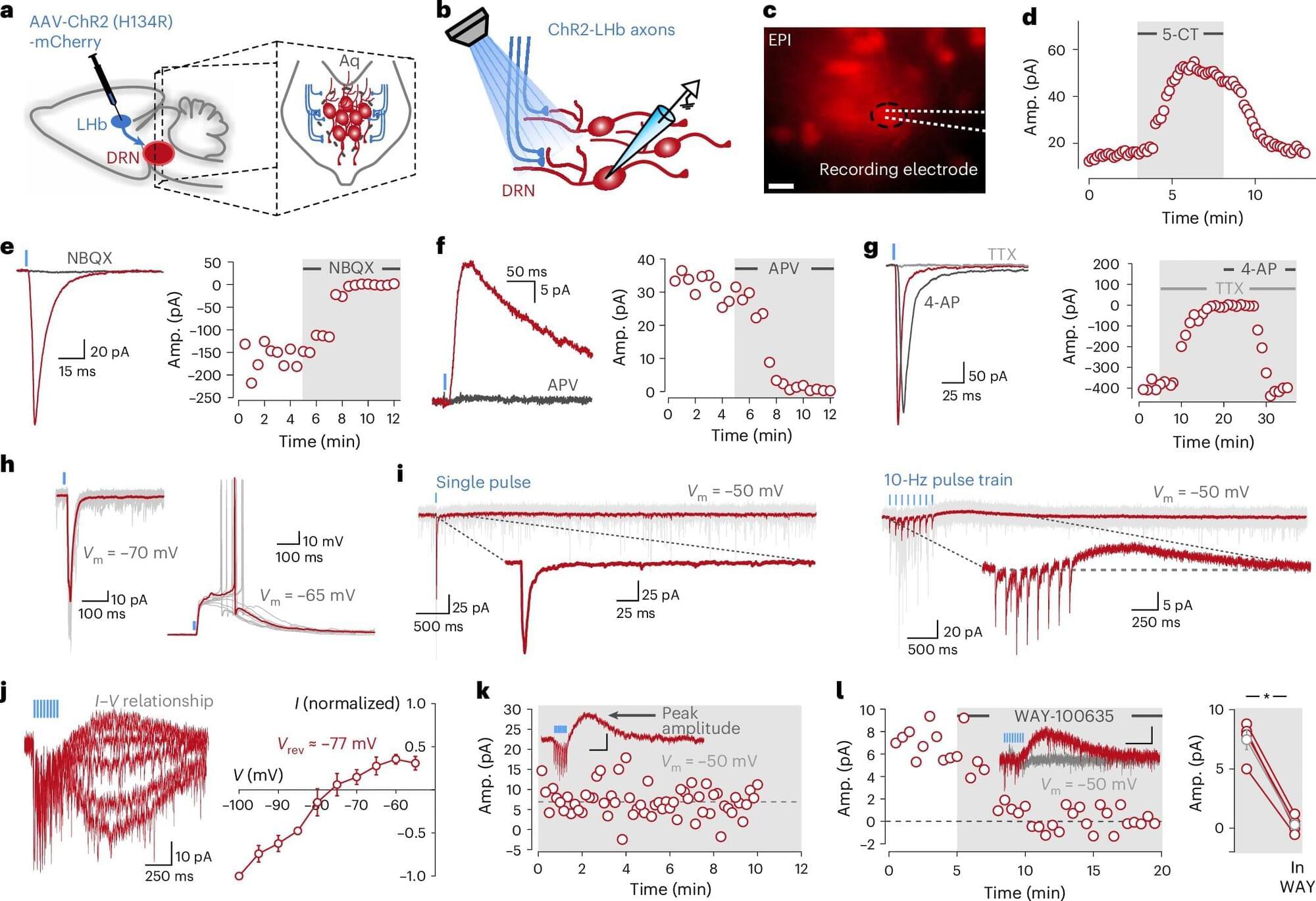
Serotonin system’s hidden complexity may reshape understanding of day-to-day decision making
Our lives are filled with binary decisions—choices between one of two alternatives. But what’s really happening inside our brains when we engage in this kind of decision making?
A University of Ottawa Faculty of Medicine-led study published in Nature Neuroscience sheds new light on these big questions, illuminating a general principle of neural processing in a mysterious region of the midbrain that is the very origin of our central serotonin (5-HT) system, a key part of the nervous system involved in a remarkable range of cognitive and behavioral functions.
“The current dominating model is that individual 5-HT neurons are acting independently from one another. While it had previously been suggested that 5-HT neurons may rather be connected with one another, it had not been directly demonstrated. That is what we did here. We also identify an intriguing processing role—or a computation—that is supported by this particular type of connectivity between 5-HT neurons,” says Dr. Jean-Claude Béïque, full professor in the Faculty’s Department of Cellular and Molecular Medicine and co-director of the uOttawa Brain and Mind Research Institute’s Centre for Neural Dynamics and Artificial Intelligence.
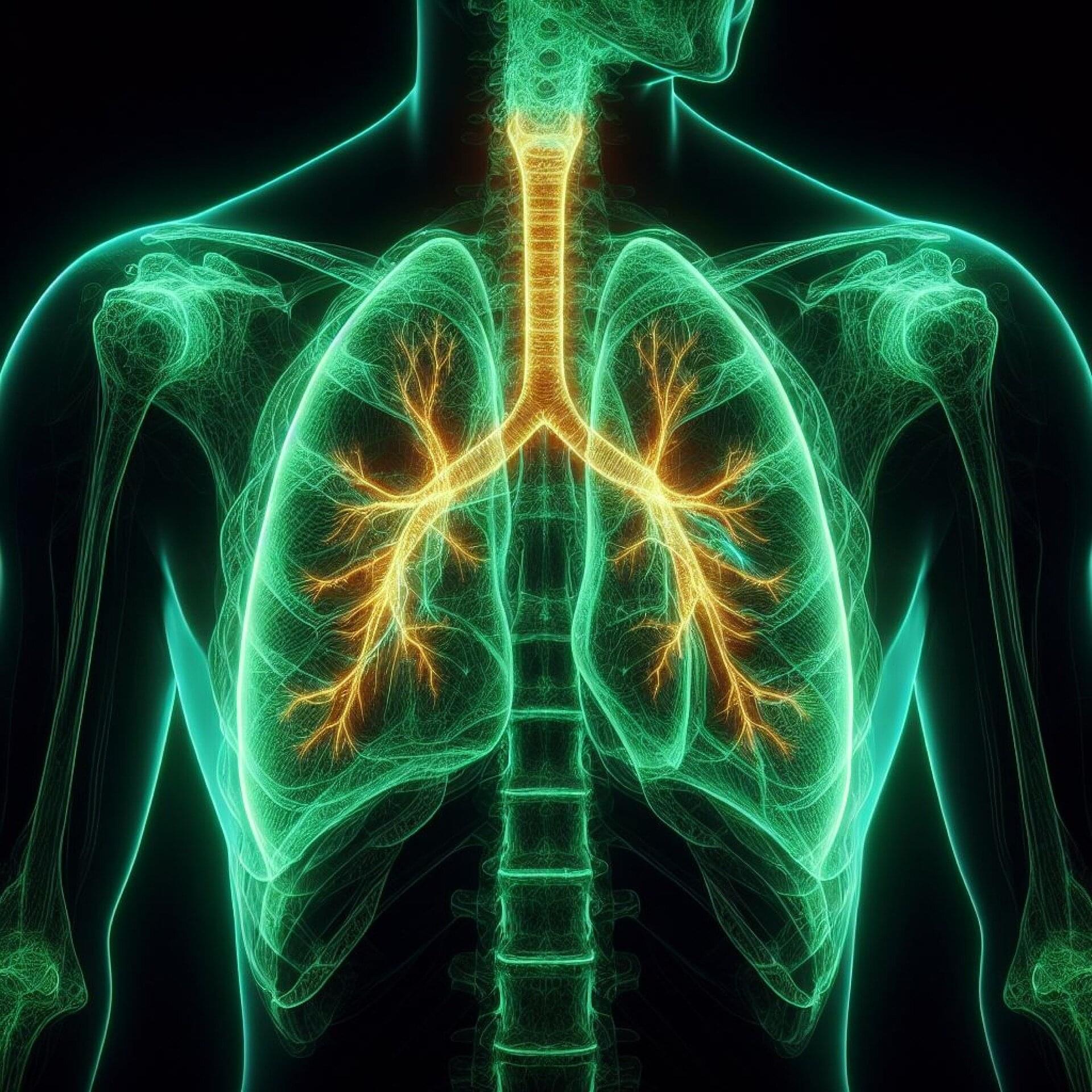
Rare lung immune cells act as peacekeepers against deadly COVID-19 inflammation
A rare cell type in the lungs is essential to survival from the COVID-19 virus, a new study shows.
Experiments in mice infected with the SARS-CoV-2 virus revealed that the immune cell class in question, called nerve and airway-associated interstitial macrophages, or NAMs, may keep the human immune system’s initial counterattack on the virus (lung inflammation) from spiraling out of control to endanger patients.
Macrophages are known to be the first responders to infection, as large immune cells capable of devouring invading viruses and the cells they infect.
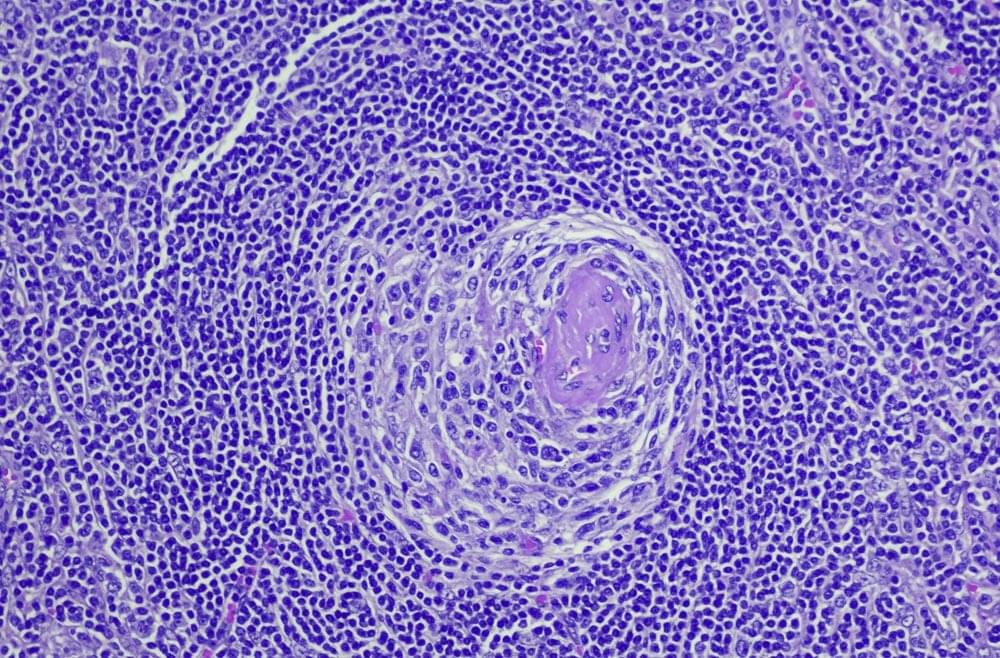
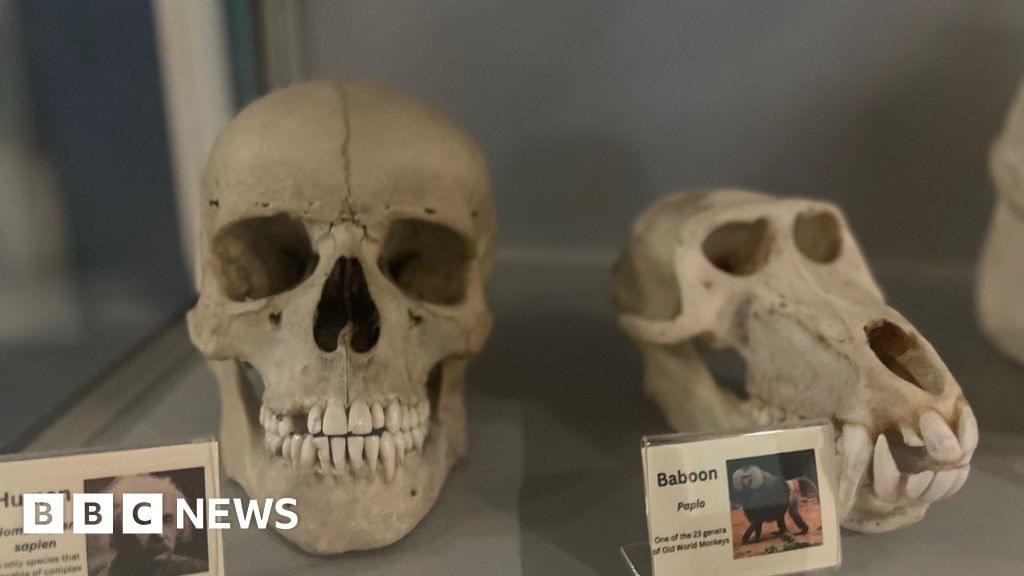
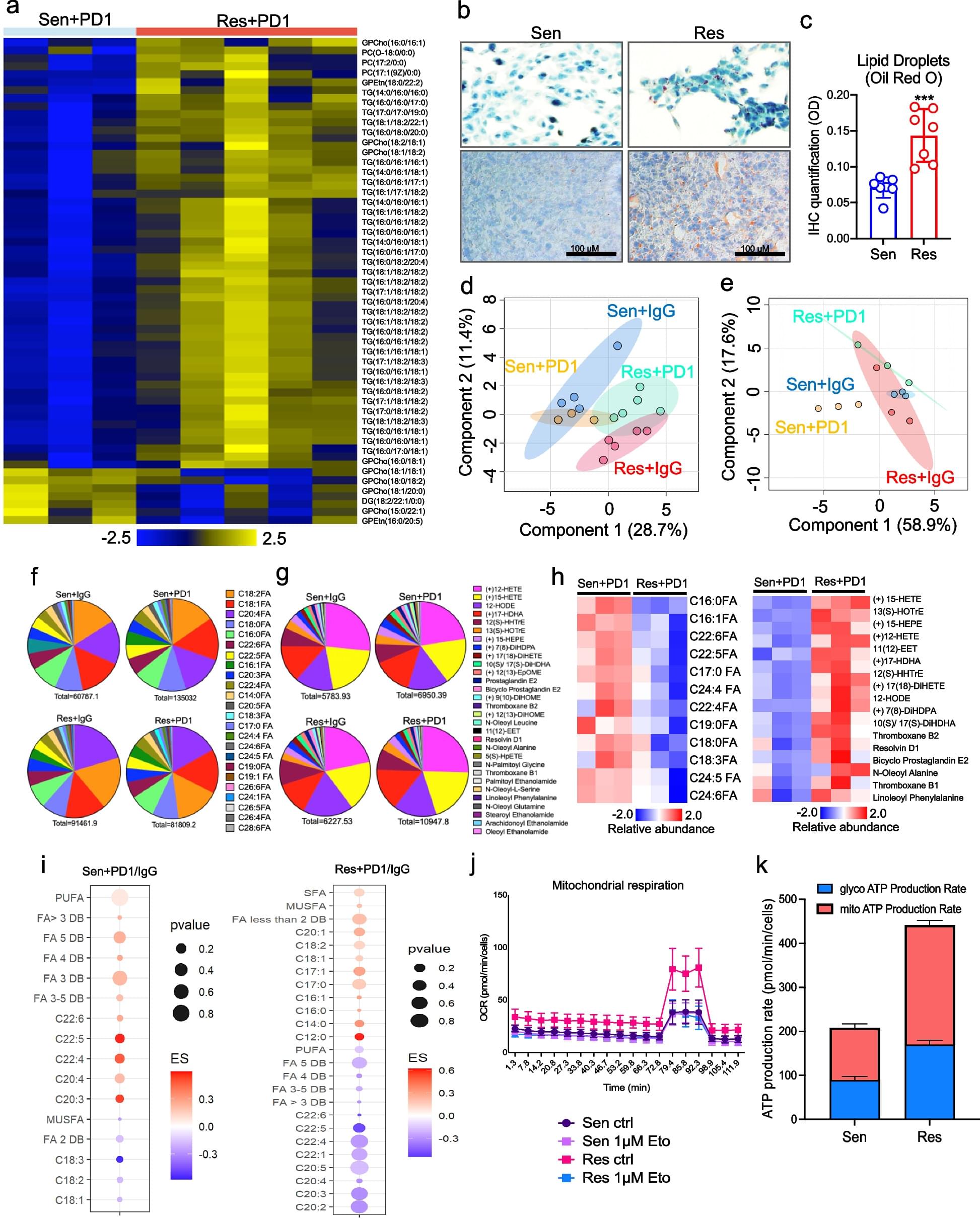
Cancer cells avoid ferroptosis induced by immune cells via fatty acid binding proteins
Cancer creates an immunosuppressive environment that hampers immune responses, allowing tumors to grow and resist therapy. One way the immune system fights back is by inducing ferroptosis, a type of cell death, in tumor cells through CD8 + T cells. This involves lipid peroxidation and enzymes like lysophosphatidylcholine acyltransferase 3 (Lpcat3), which makes cells more prone to ferroptosis. However, the mechanisms by which cancer cells avoid immunotherapy-mediated ferroptosis are unclear. Our study reveals how cancer cells evade ferroptosis and anti-tumor immunity through the upregulation of fatty acid-binding protein 7 (Fabp7).
To explore how cancer cells resist immune cell-mediated ferroptosis, we used a comprehensive range of techniques. We worked with cell lines including PD1-sensitive, PD1-resistant, B16F10, and QPP7 glioblastoma cells, and conducted in vivo studies in syngeneic 129 Sv/Ev, C57BL/6, and conditional knockout mice with Rora deletion specifically in CD8+ T cells, Cd8 cre; Rorafl mice. Methods included mass spectrometry-based lipidomics, targeted lipidomics, Oil Red O staining, Seahorse analysis, quantitative PCR, immunohistochemistry, PPARγ transcription factor assays, ChIP-seq, untargeted lipidomic analysis, ROS assay, ex vivo co-culture of CD8+ T cells with cancer cells, ATAC-seq, RNA-seq, Western blotting, co-immunoprecipitation assay, flow cytometry and Imaging Mass Cytometry.
PD1-resistant tumors upregulate Fabp7, driving protective metabolic changes that shield cells from ferroptosis and evade anti-tumor immunity. Fabp7 decreases the transcription of ferroptosis-inducing genes like Lpcat3 and increases the transcription of ferroptosis-protective genes such as Bmal1 through epigenetic reprogramming. Lipidomic profiling revealed that Fabp7 increases triglycerides and monounsaturated fatty acids (MUFAs), which impede lipid peroxidation and ROS generation. Fabp7 also improves mitochondrial function and fatty acid oxidation (FAO), enhancing cancer cell survival. Furthermore, cancer cells increase Fabp7 expression in CD8+ T cells, disrupting circadian clock gene expression and triggering apoptosis through p53 stabilization. Clinical trial data revealed that higher FABP7 expression correlates with poorer overall survival and progression-free survival in patients undergoing immunotherapy.

‘Zombie’ skin cells may be harmful or helpful, depending on their shapes
Senescent skin cells, often referred to as zombie cells because they have outlived their usefulness without ever quite dying, have existed in the human body as a seeming paradox, causing inflammation and promoting diseases while also helping the immune system to heal wounds.
New findings may explain why: Not all senescent skin cells are the same.
Researchers from Johns Hopkins University have identified three subtypes of senescent skin cells with distinct shapes, biomarkers, and functions—an advance that could equip scientists with the ability to target and kill the harmful types while leaving the helpful ones intact.

Extracellular vesicles: translational research and applications in neurology
Brain cell-derived extracellular vesicles (EVs) in the blood, carrying diverse cargoes, represent a valuable source of predictive, diagnostic, prognostic, disease-monitoring and treatment-response biomarkers for neurological disorders. This Review summarizes key aspects of EV biology and provides a critical overview of EV biomarker research and therapeutic development in neurology.
